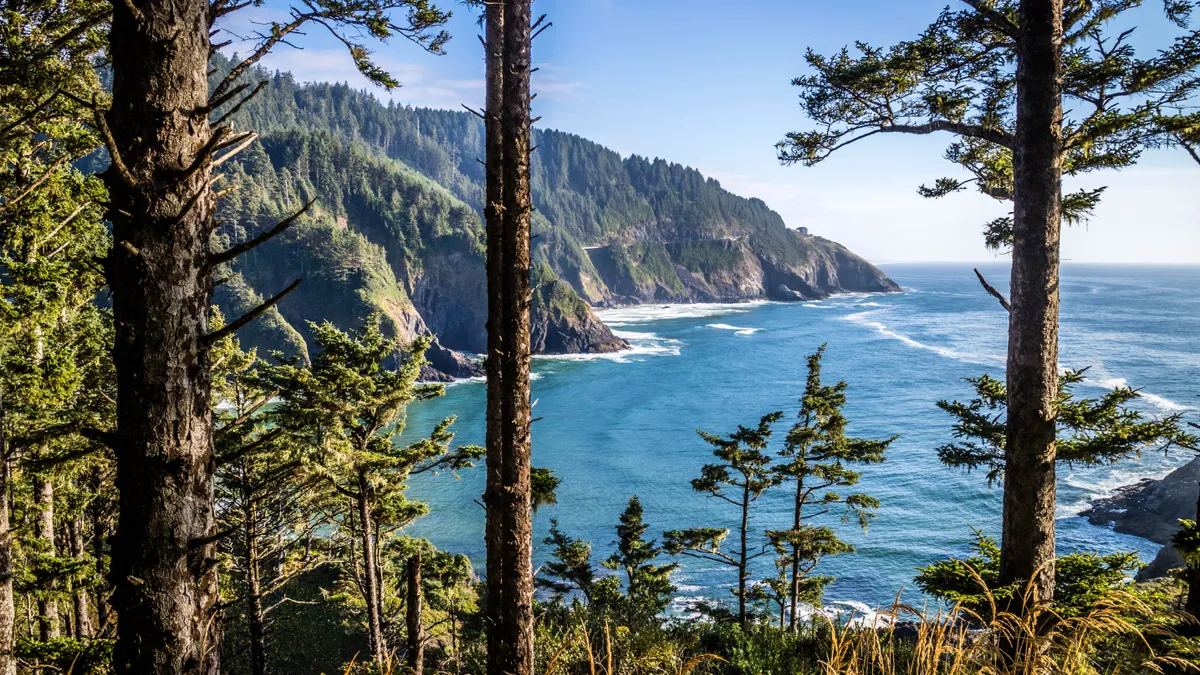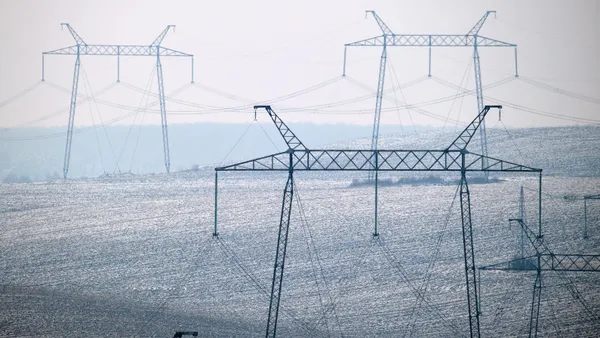The Bureau of Ocean Management announced Tuesday that it has identified two draft areas for potential wind leases offshore southern Oregon, encompassing around 219,000 acres with a potential to add up to 2.6 GW of capacity.
“Oregon has major opportunities for offshore wind deployment,” BOEM said in a release. “Due to the deep waters off of Oregon’s coast, these areas are also an opportunity to accelerate U.S. leadership in floating technologies.”
The two draft areas are offshore Charleston in Coos Bay, and offshore Gold Beach and Brookings.
The Business Network for Offshore Wind praised the draft wind energy areas, or WEAs, in a release, saying that their sizes are in line with Oregon’s state goal of adding 3 GW of offshore wind by 2030, and that the vast majority of the WEAs are in water less than 1,300 meters deep.
“While this depth will require advanced floating technology, it remains within the capability of near-term technological development,” said BNOW.
BOEM’s pace for offshore wind development in Oregon has been met with resistance from Oregon lawmakers and Gov. Tina Kotek, D. According to the publication National Fisherman, Kotek sent a June letter to BOEM Director Elizabeth Klein asking for a pause to the process so that a more in-depth evaluation of potential impacts on the environment and ocean users like fishermen could take place.
Sens. Ron Wyden and Jeff Merkley, and Reps. Val Hoyle and Suzanne Bonamici, all Oregon Democrats, signed Kotek’s letter, then sent an Aug. 8 letter to Klein thanking her for offering Kotek’s administration more time “to consult with stakeholder groups and coastal communities,” but saying they “remain concerned” about adequate stakeholder engagement.
“We understand that you are considering releasing draft wind energy areas for public review and comment and that you believe this will help to provide additional transparency on how you intend to mitigate conflicts as we requested in the letter,” they wrote.
The lawmakers asked Klein to “proactively solicit input on the draft plan” following the publication of the draft wind energy areas, and offer a comment period of 60 days. The comment period announced Tuesday is 60 days long, closing Oct. 16.
BOEM will also host an Oregon Intergovernmental Renewable Energy Task Force meeting, along with “public meetings to discuss data used to inform the draft wind energy areas and next steps for Oregon offshore wind energy planning.”
“The final WEAs may be further modified after incorporating feedback collected during the comment period,” BOEM said.
In response to its 2022 publication of call areas offshore Oregon, BOEM received expressions of interest from Avangrid Renewables, Bluefloat Energy Oregon, OW North America Ventures and US Mainstream Renewable Power — each of which “has been legally, technically and financially qualified,” the agency said.















